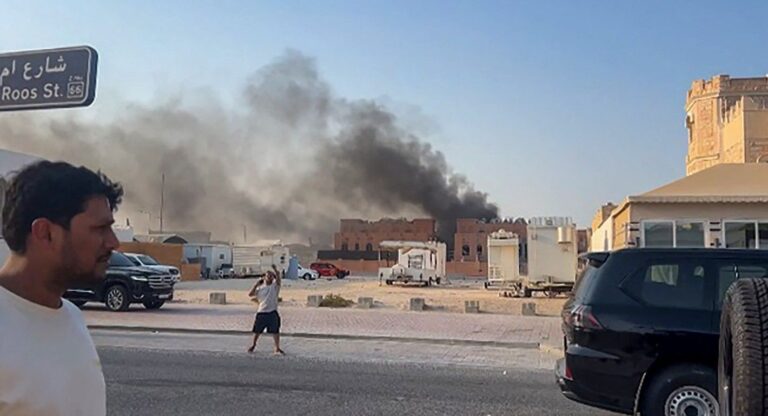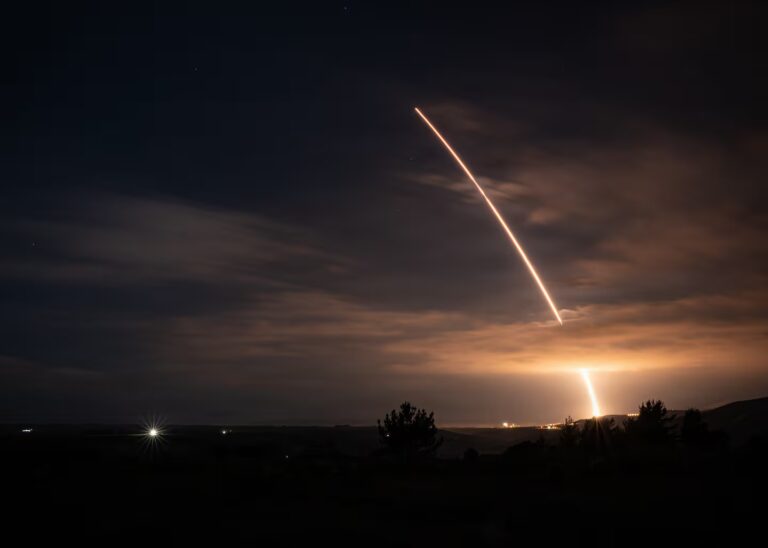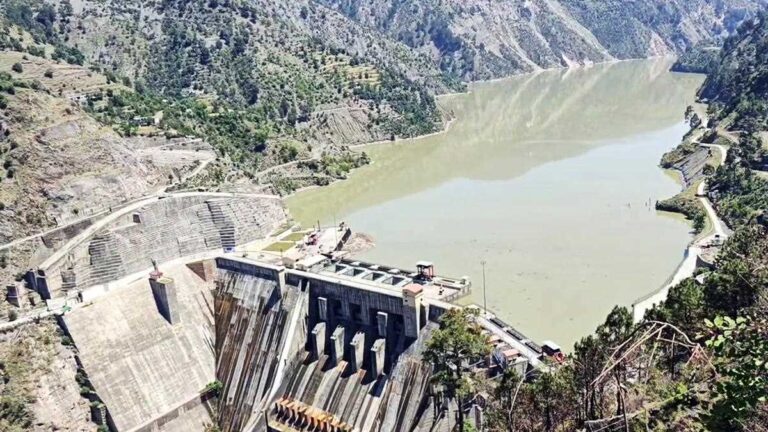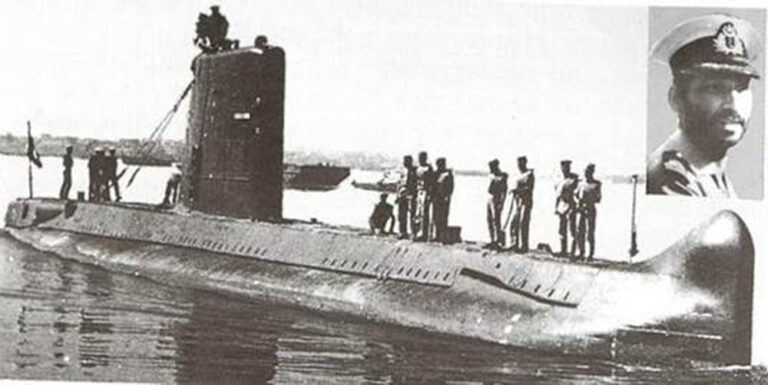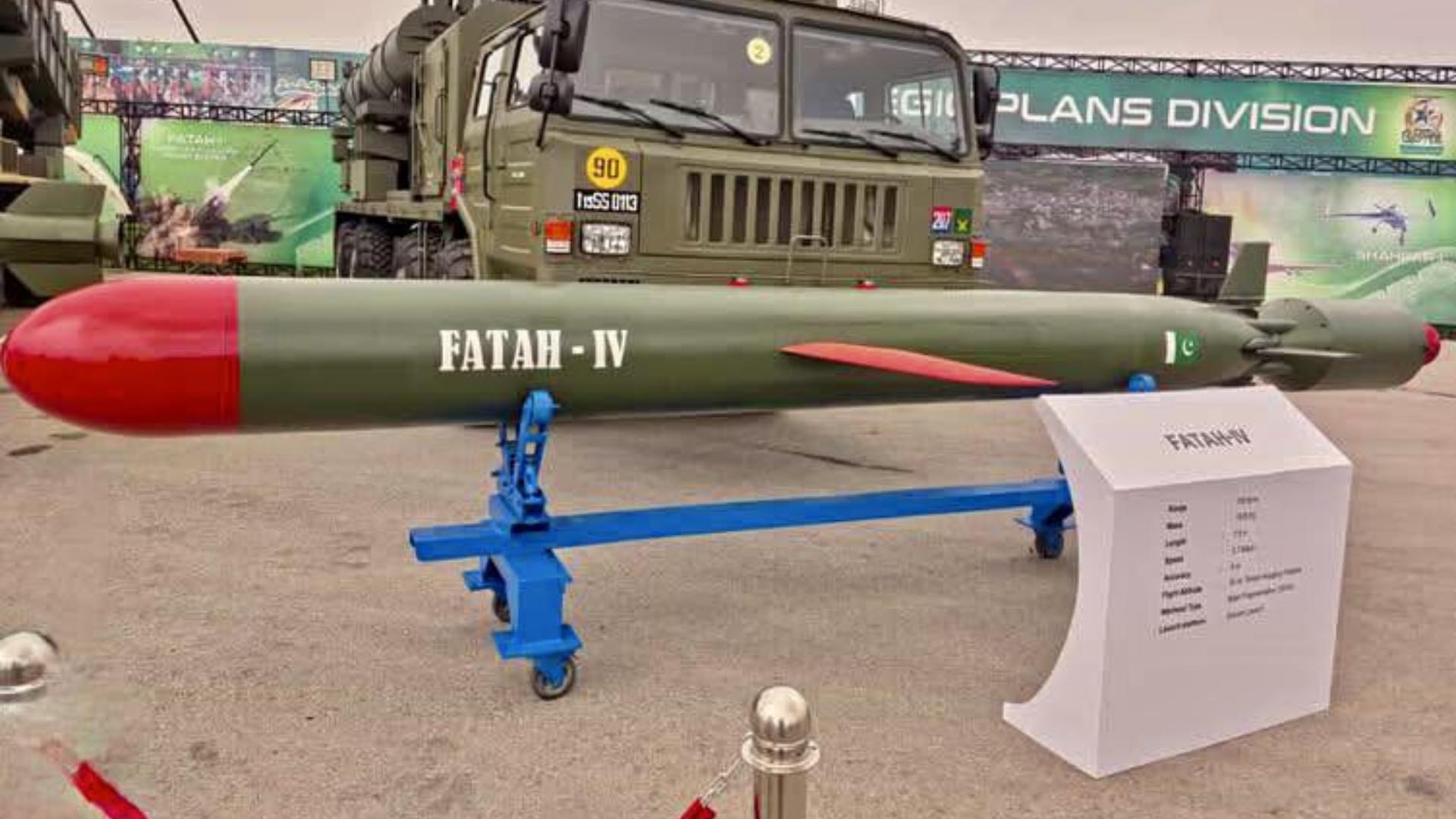
Source: https://quwa.org/pakistan-army-news/pakistan-reveals-fatah-4-land-attack-cruise-missile-08-13-2025/
Rabia Akhtar
(Note: This piece offers a preliminary read of the ARFC announcement and its implications, pending further official confirmation; conclusions are provisional and may be updated as official information emerges.)
Why this matters now?
On August 14, 2025, Pakistan announced a new Army Rocket Force Command (ARFC) to supervise and employ missiles in conventional war, a structural shift that signals Islamabad’s intent to build credible, non-nuclear deep-strike options after the May 2025 crisis. Details are sparse, but the emphasis is unmistakable: modern technology, distinct command, conventional mission.
What is new in the toolkit?
Alongside ARFC, Pakistan unveiled the Fatah-IV, a subsonic land-attack cruise missile with a reported range of ~750 km, adding theater-level reach beyond guided rockets like Fatah-II (~400 km) already entered service. That mix, precision rockets for volume fires and LACMs for standoff strikes, expands non-nuclear options against airbases, C4ISR nodes, and logistics hubs. (Specs for Fatah-IV are from open reporting; official ISPR technicals are not yet public.)
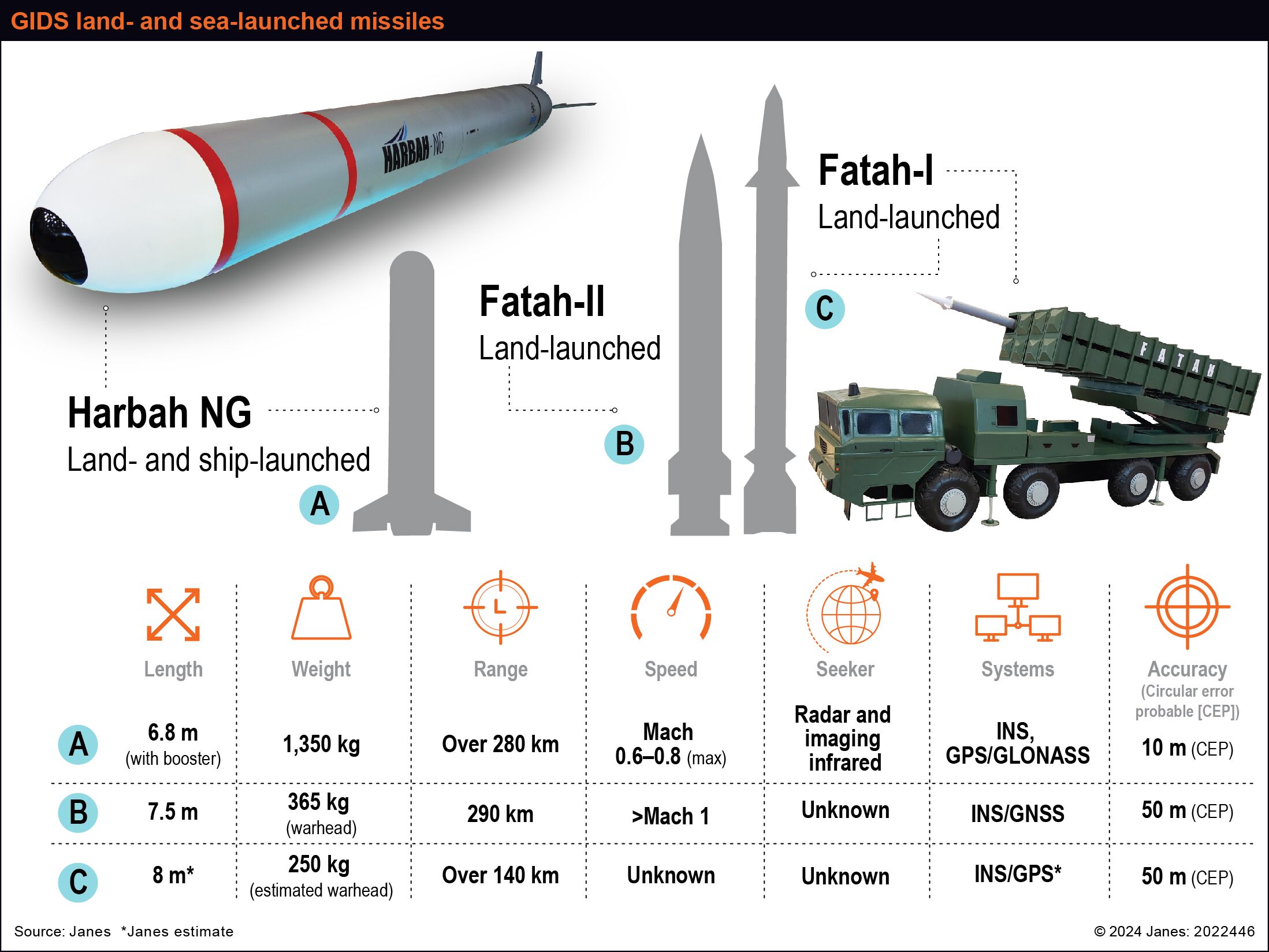
The Comparison with PLARF?
China’s PLA Rocket Force (PLARF) is the global benchmark for missile power, but it is dual-capable, responsible for both nuclear and conventional forces. As a separate service since 2015, it brings scale (dozens of brigades), range diversity (SRBM–IRBM), and mature doctrine for joint, theater-level operations. On the conventional side, its salvos are designed to kick down doors, crippling adversary airpower, degrading ISR, and complicating naval operations in opening moves, while co-location with nuclear units introduces well-noted entanglement risks.
While comparisons to China’s PLARF will be inevitable, ARFC is anchored in Pakistan’s own doctrinal choices. Housed within the Army rather than constituted as a separate service, it is framed as a conventional-only command that sits alongside, rather than inside, the nuclear chain under the NCA/SPD, with ASFC retaining the land leg of the deterrent. The design intent is to widen credible non-nuclear options while reducing nuclear-conventional entanglement, a recurrent critique of PLARF, and thereby manage escalation risks in a crisis environment shaped by Indian pre-emptive doctrine. In short, ARFC is not PLARF-lite; it is a tailored instrument for Pakistan’s deterrence management and signaling, whose value will hinge on how cleanly the separation is organized, exercised, and communicated.

 What changes with ARFC?
What changes with ARFC?
First, conventional deterrence gets teeth.
Fatah-II brings guided rocket saturation and precision out to ~400 km; Fatah-IV (reported ~750 km) offers standoff LACM options. Together, they complicate preemption concepts and increase the burden on Indian air/missile defenses, without crossing the nuclear threshold. The value here is choice: credible conventional strikes that don’t automatically escalate to nuclear signaling.
Second, the kill chain becomes decisive.
Hardware is only half the story. ARFC’s impact will hinge on targeting and ISR, deception, rapid retasking, and joint sequencing with PAF and PN. China’s model shows how missile forces plug into a broader battle network (including space/counterspace via PLASSF). Pakistan’s version will need its own robust find-fix-track-target-engage-assess (F2T2EA) chain to unlock real effects.
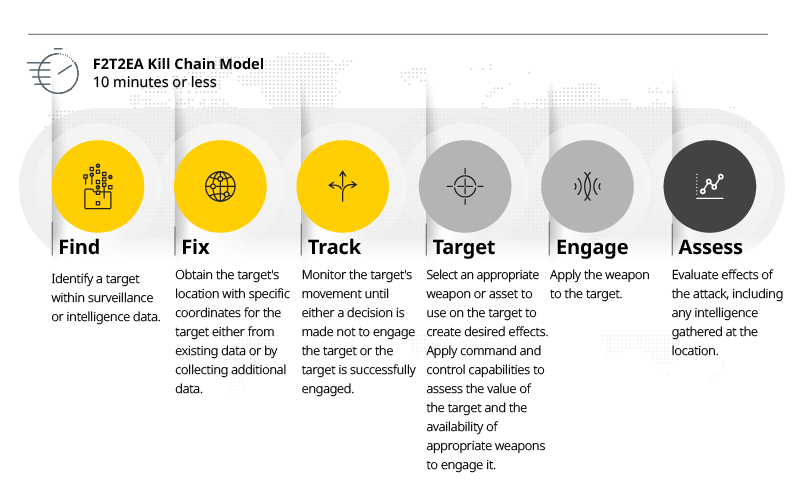
Third, doctrine and exercises will tell us more than a podium.
PLARF’s conventional role matured through theater integration and relentless training for system-destruction warfare. Watch for ARFC’s order-of-battle, basing patterns, and live exercises that reveal command relationships and Tactics, Techniques, and Procedures (TTPs).
Bottom-line, What is ARFC About?
ARFC is about options. It widens the space between diplomacy and nuclear use, giving Pakistan more credible conventional levers in a crisis.
ARFC will succeed if it builds a clean separation from nuclear C2, a competent kill chain, and repeatable joint TTPs that translate missiles into political leverage, not hair-trigger escalations.
What to Watch Next?
Watch for three things to move from announcement to capability.
Composition of units, targeting enablers, and how clearly Pakistan signals ARFC’s conventional identity in basing, comms, and exercises.
Prof. Dr. Rabia Akhtar is Director Center for Security, Strategy and Policy Research (CSSPR), University of Lahore and Editor, Pakistan Politico.

